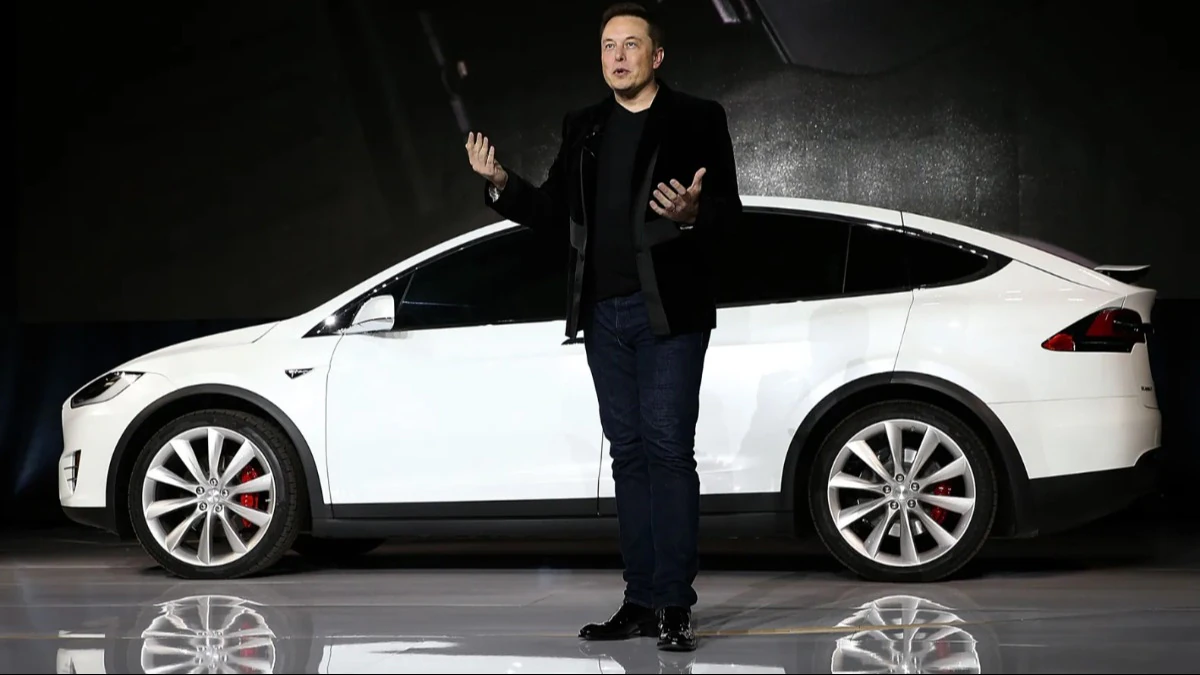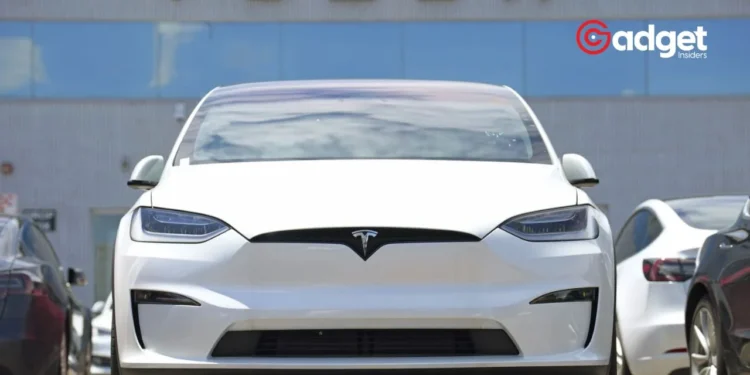Tesla, the renowned leader in electric vehicles, finds itself at a critical juncture. The company’s shares have dipped to their lowest levels since the previous spring, reflecting the market’s reaction to recent strategic decisions made by CEO Elon Musk. In a sweeping move aimed at preparing Tesla for its “next phase of growth,” Musk has announced the largest job cuts in the company’s history, amounting to a reduction of more than 10% of its global workforce, including key executives Drew Baglino and Rohan Patel.

This announcement has stirred significant unrest among investors and analysts, prompting a reevaluation of the long-term growth prospects of what was once a darling of the stock market.
The cuts come on the heels of a weaker-than-expected first-quarter profit update that not only revealed narrowing profit margins but also included a foreboding warning that full-year delivery totals would likely fall short of previous years.
Tesla Shares: A Closer Look at the Numbers
Tesla’s recent performance metrics paint a concerning picture. The company managed to deliver 387,000 new cars to customers in the first quarter, marking a substantial 20% decline from the record 484,000 vehicles delivered in the last quarter of the previous year.
This drop represents the biggest miss against estimates since such data began to be compiled in the mid-2010s.
The declining sales figures are especially pronounced in China, where last month’s volumes plummeted to the lowest levels in over a year. This downturn has intensified the pressure on Tesla to meet the market’s aggressive full-year delivery targets.
.@Tesla’s stock tumbled below $150 per share, giving up all of the gains made over the past year as the electric vehicle maker reels from falling sales and steep discounts intended to lure more buyers.
More: https://t.co/9QnPcAQkHP
— Star-Advertiser (@StarAdvertiser) April 18, 2024
External Factors and Inventory Issues
Compounding the delivery challenges are external factors such as the production ramp-up of the updated Model 3 at Tesla’s Fremont factory and unexpected disruptions like factory shutdowns caused by geopolitical tensions and isolated incidents like the arson attack at Gigafactory Berlin.
These issues have led to a bloated inventory base, estimated at around 160,000 vehicles, which, coupled with lower leasing rates, is likely to further compress Tesla’s profit margins in upcoming quarters.

Analyst Perspectives: A Fork in the Road
The sentiment among market analysts is mixed but generally leans towards caution. Dan Ives of Wedbush, who still maintains an outperform rating and a $300 price target on Tesla stock, describes this period as a “fork-in-the-road moment” for Musk.
Ives emphasizes the need for Musk to swiftly regain control and restore confidence among investors, warning that failure to do so could herald “dark days” ahead for the company.
Conversely, Ryan Brinkman from JP Morgan offers a more stark assessment. He notes that the job cuts, including those in key markets like the U.S. and China, confirm that the decline in deliveries stems more from an ebbing demand rather than supply issues.
Brinkman maintains an underweight rating on Tesla, with a $115 price target, signaling potential significant downside risks to the stock’s value.

Upcoming Earnings and Market Watch
As Tesla gears up to report detailed first-quarter earnings on April 23, the financial community is bracing for what might be a revealing insight into the company’s current state and its trajectory for the foreseeable future.
Analysts are forecasting earnings of about 53 cents a share for the quarter, a significant drop from 85 cents a share in the same period last year, with revenue expectations around $22.6 billion. The profit margin, a key focus for analysts, is projected to narrow to approximately 17.2%.
Tesla’s recent strategic decisions under Musk’s leadership are proving to be a litmus test for its resilience in the face of market adversities and evolving consumer dynamics.
The coming months will be crucial in determining whether Tesla can steer back onto the path of high growth or if it will have to navigate through a period of recalibration and intensified competition.










